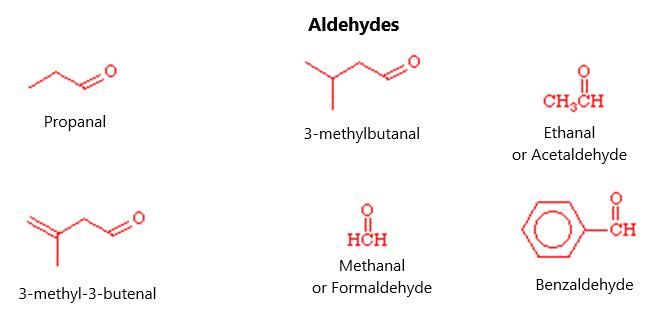Figure 60.
This is reversible so that, by heating benzenesulfonic acid, the sulfuric component can be drawn off the molecule in the presence of dilute sulfuric acid, and benzene is produced once again.
FRIEDEL-CRAFTS REACTION This is a type of alkylation reaction that involves the replacement of a hydrogen ion with an alkyl group. There are four limitations you need to know about with regard to this type of reaction: •
It cannot be done with vinyl and aryl halides
•
There cannot be a strong deactivating group on the benzene ring (such as NH2, NH with a side chain, or Nitrogen plus two side chains) because they deactivate the catalyst necessary for the reaction to take place.
•
More than one alkylation can take place with this type of reaction.
•
Carbo-cation rearrangements can occur in any reaction that involves a carbocation. This leads to isomers of the alkyl side chain attaching to the benzene molecule.
In this reaction, benzene is mixed with an alkyl chloride plus Aluminum (III) chloride (AlCl3) to make benzene plus an alkyl group attached to it. The catalyst aluminum chloride acts very similar to the halogenation process. The aluminum chloride makes a carbo-cation, which is an intermediary step allowing for the carbon atom on the alkyl side chain to be electrophilic. It looks like this as seen in figure 61:
105




























































